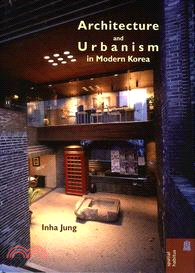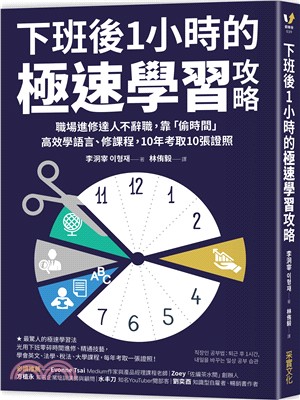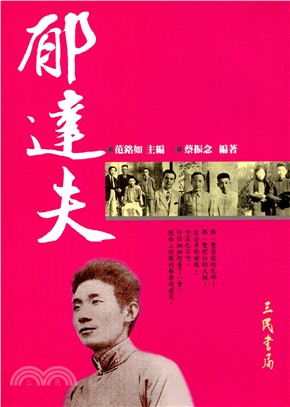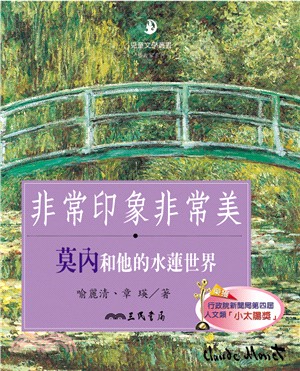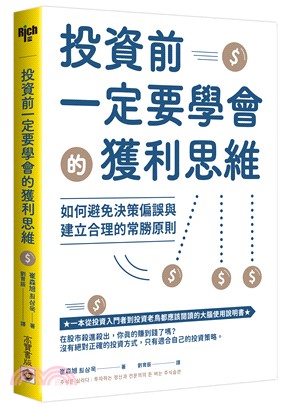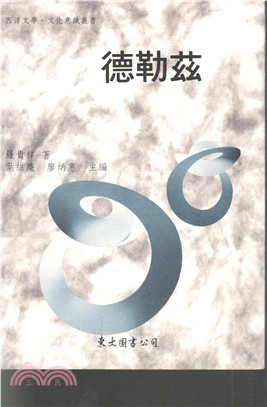再享89折,單本省下137元
商品簡介
Twentieth-century Korean architecture and cities have been forged by three distinctive periods. The first, defined as colonial modern, occurred prior to 1945, when Western civilization was transplanted to Korea via Japan, and a modern way of life, albeit distorted, began taking shape. Between 1961 and 1988 (the so-called developmental dictatorship period), the explosive growth of urban populations resulted in large-scale construction booms, and architects delved into modern identity through the locality of traditional architecture. The last period began in the mid- 1990s and may be defined as one of modernization settlement and a transition to globalization. With city populations leveling out, urbanization and architecture came to be viewed from new perspectives.
Inha Jung identifies continuities that have been formed by longstanding relationships between humans and their built environment and, despite rapid modernization, are still deeply rooted in the Korean way of life. In the twentieth century, regionalism exerted a great influence on Korean architects. Various architectural and urban principles that Koreans developed over a long period while adapting to the natural environment have provided important foundations for architects’ works. By exploring these sources, this carefully researched and amply illustrated book helps to define modern identity in Korea’s architecture, housing, and urbanism.
作者簡介
名人/編輯推薦
—Peter G. Rowe, Raymond Garbe Professor of Architecture and Urban Design, Harvard University
主題書展
更多主題書展
更多書展本週66折
您曾經瀏覽過的商品
購物須知
為了保護您的權益,「三民網路書店」提供會員七日商品鑑賞期(收到商品為起始日)。
若要辦理退貨,請在商品鑑賞期內寄回,且商品必須是全新狀態與完整包裝(商品、附件、發票、隨貨贈品等)否則恕不接受退貨。




